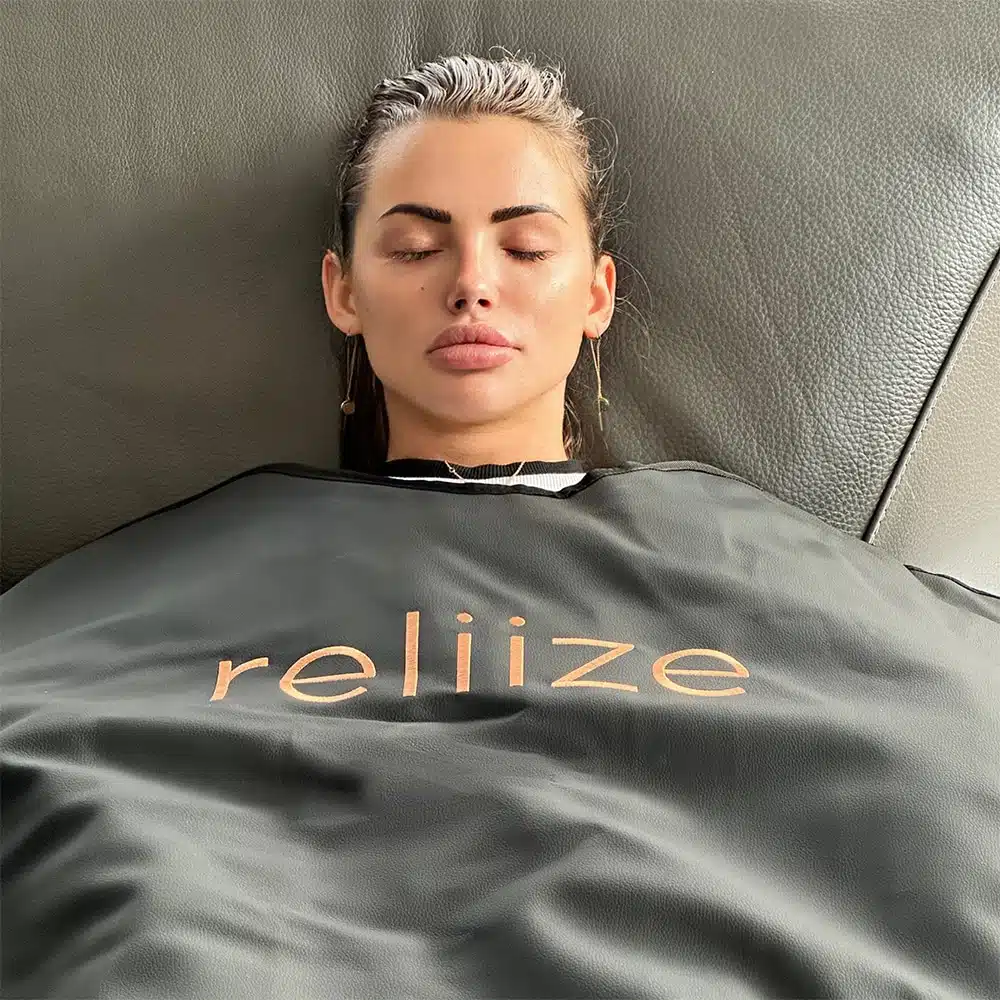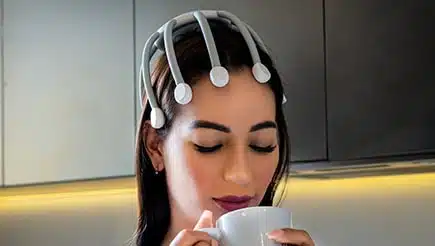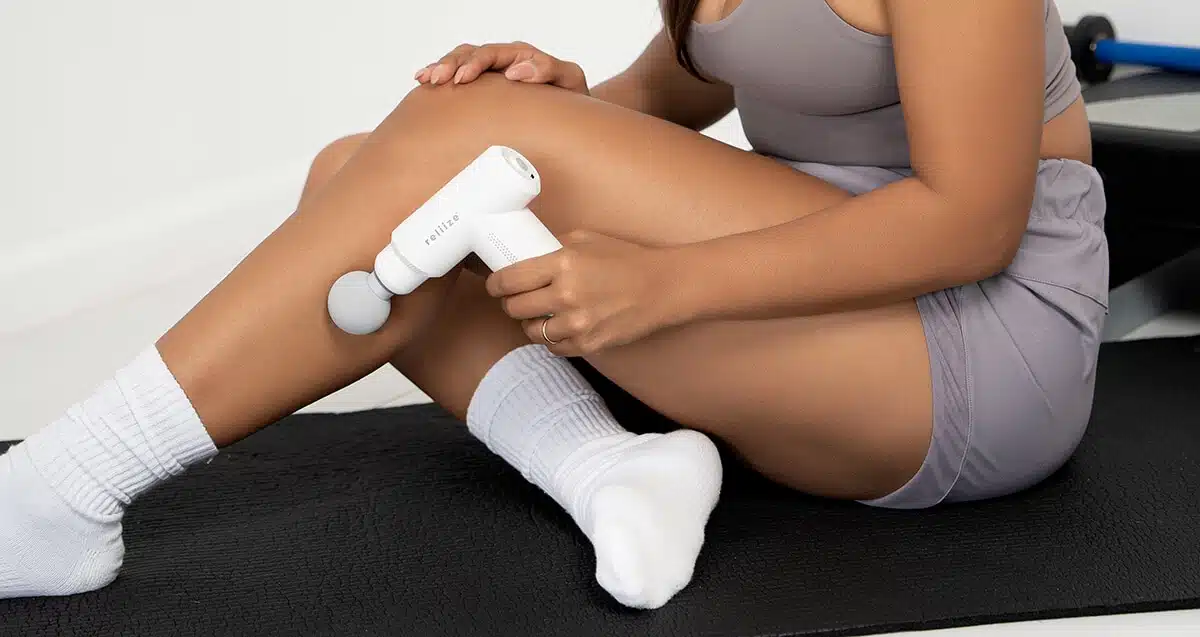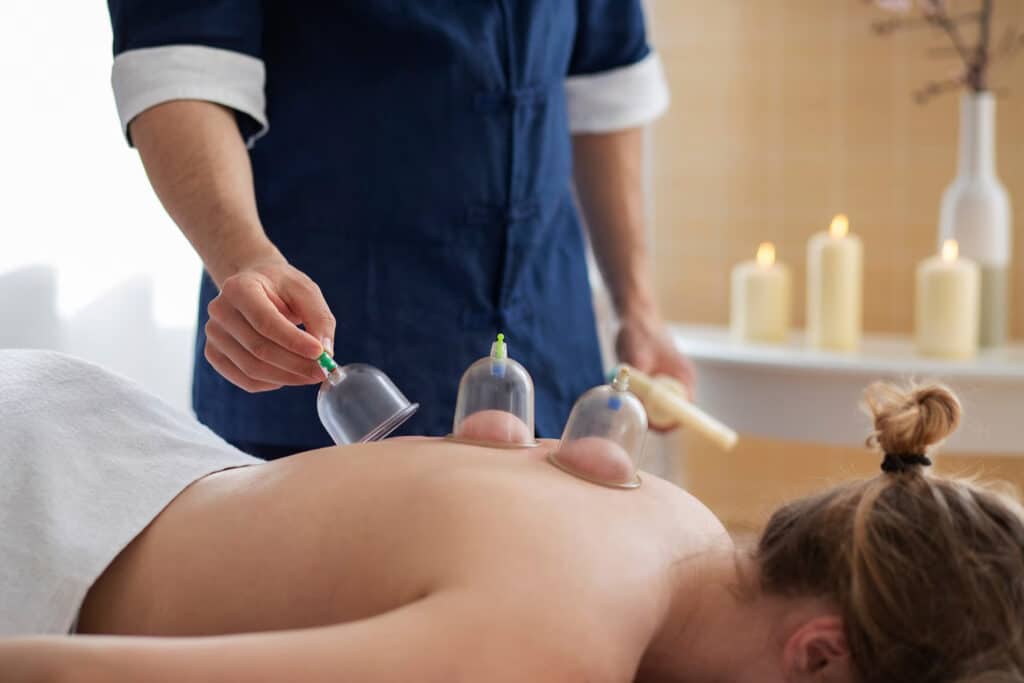Smart Massagers
Cupping Therapy: An Ancient Healing Practice with Modern Benefits
Cupping therapy is an ancient healing practice that has been used for centuries to relieve pain, improve circulation, and promote healing. It involves placing cups on the skin and creating suction, which draws blood to the surface. This can help to break up stagnation and promote circulation, which can lead to a variety of health benefits.
Table of Contents
History of Cupping Therapy
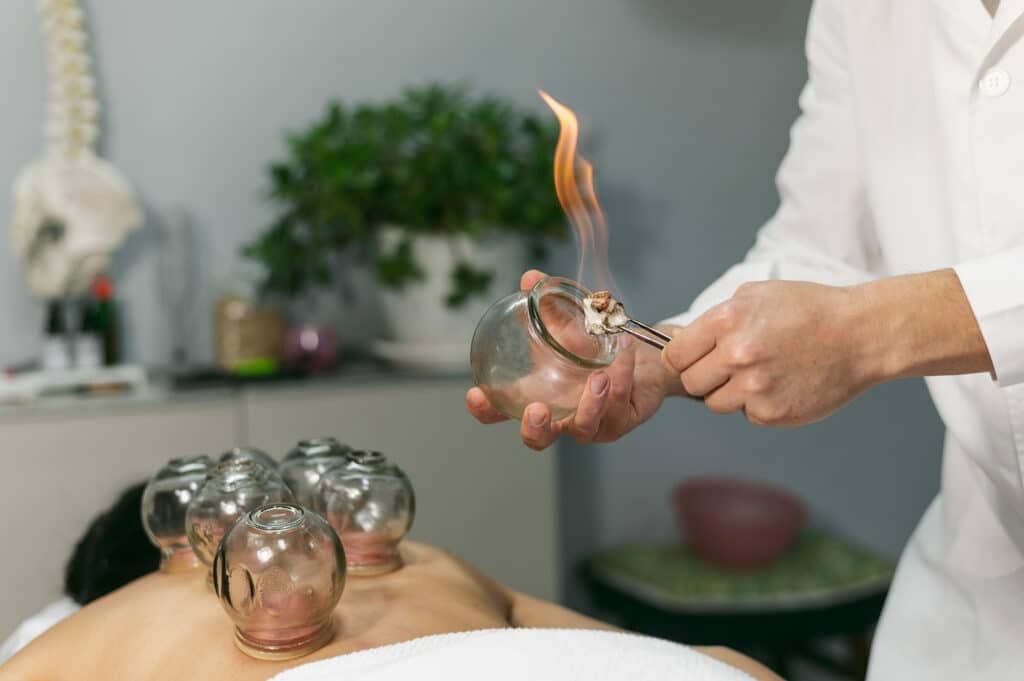
Cupping therapy is an ancient healing practice that has been used for centuries to relieve pain, improve circulation, and promote healing. It involves placing cups on the skin and creating suction, which draws blood to the surface. This can help to break up stagnation and promote circulation, which can lead to a variety of health benefits.
It is believed to have originated in ancient China over 2,000 years ago. It was first mentioned in the Yellow Emperor’s Classic of Internal Medicine, one of the oldest medical texts in the world. Cupping therapy was also used in ancient Egypt, Greece, and Rome.
In ancient China, cupping therapy was used to treat a variety of conditions, including pain, fever, and respiratory problems. It was also used to promote healing after childbirth and surgery. Cupping was believed to work by removing toxins from the body and stimulating the flow of qi (pronounced “chee”), which is the vital energy that flows through the body.
Today, cupping therapy is used by practitioners of traditional Chinese medicine, as well as by some Western doctors and chiropractors. It is also used by athletes and other people who are looking for a natural way to relieve pain and improve their health.
How Cupping Therapy Works
Cupping works by creating suction on the skin. This suction draws blood to the surface, which can help to break up stagnation and promote circulation. It can also help to release toxins from the body.
There are two main types of cupping therapy: dry cupping and wet cupping. In dry cupping, the cups are simply placed on the skin and suction is created by heat or a vacuum pump. In wet cupping, the cups are first placed on the skin and then a small cut is made to the skin. The cup is then removed, and the blood that flows out is collected.
The suction created by cupping therapy is thought to work in a few different ways:
First, it can help to break up stagnation in the body. Stagnation is when the blood and qi (pronounced “chee”) become stagnant, which can lead to pain, inflammation, and other health problems. Cupping can help to move the blood and qi, which can help to improve circulation and reduce pain.
Second, it can help to release toxins from the body. Toxins can build up in the body over time, and they can contribute to a variety of health problems. It can help to remove these toxins, which can lead to improved overall health.
Finally, itcan help to relax the muscles. When the muscles are relaxed, they can function more efficiently and they are less likely to become injured. It can help to relax the muscles by stimulating the release of endorphins, which are natural pain relievers.
Cupping is a safe and effective form of alternative medicine that can be used to treat a variety of health conditions. If you are considering trying cupping sessions, it is important to find a qualified therapist who can help you to determine if it is right for you.
Benefits of Cupping Therapy
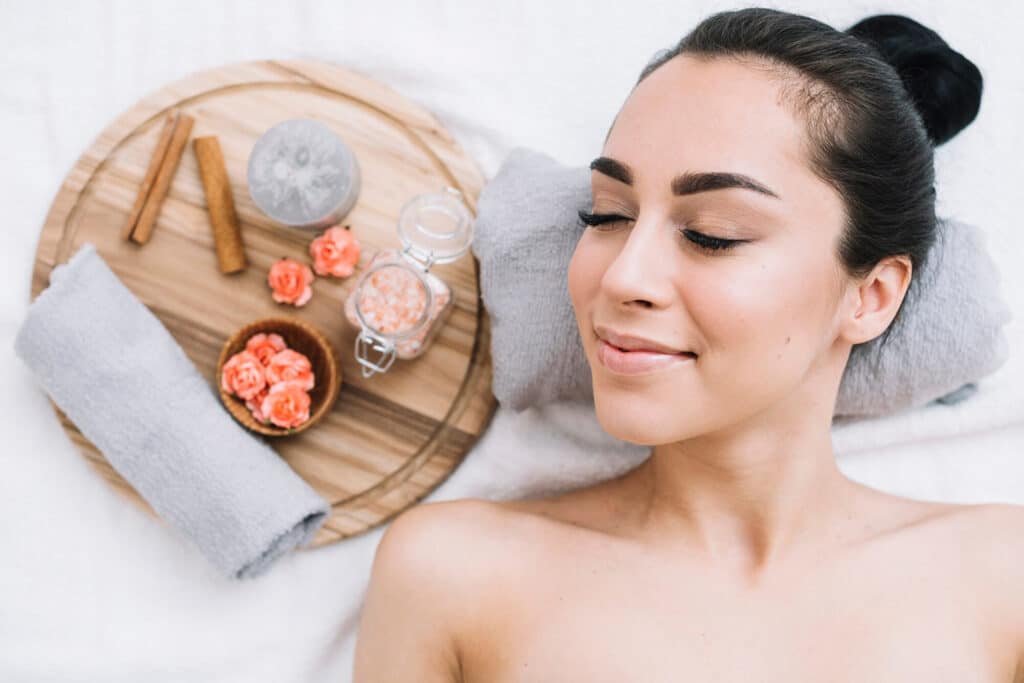
Cupping therapy has been shown to have a variety of benefits for health, including:
- Pain relief: Cupping can be effective for relieving pain in a variety of conditions, such as back pain, neck pain, and muscle pain.
- Improved circulation: it can help to improve circulation, which can lead to a number of health benefits, such as reduced inflammation, improved skin health, and better athletic performance.
- Relaxation: Cupping therapy can be a relaxing and calming experience, which can help to reduce stress and anxiety.
- Detoxification: Cupping can help to remove toxins from the body, which can lead to improved overall health.
- Skin health: it can help to improve skin health by increasing blood flow and stimulating the production of collagen.
- Muscle recovery: Cupping therapy can help to speed up muscle recovery after exercise.
- Reduced inflammation: it can help to reduce inflammation, which can be helpful for a variety of conditions, such as arthritis, asthma, and allergies.
- Improved sleep quality: Cupping therapy can help to improve sleep quality by reducing stress and anxiety.
Risks and Side Effects of Cupping Therapy
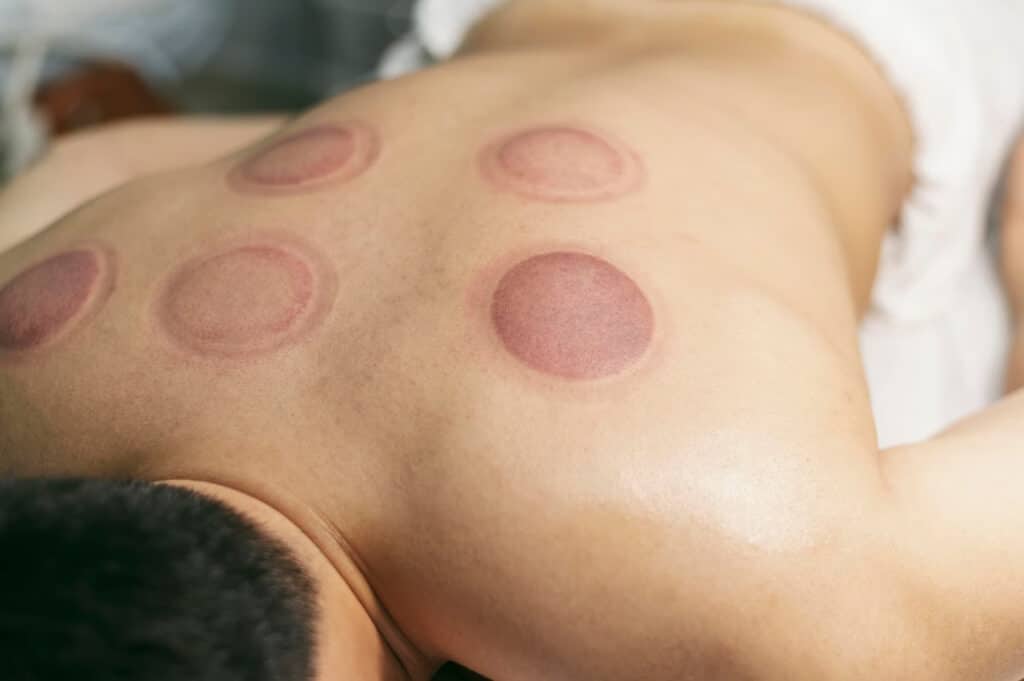
Cupping therapy is generally safe for most people, but there are some risks and side effects that you should be aware of, including:
- Bruising: Cupping can cause bruising in some people. The bruising is usually temporary and goes away on its own within a few days.
- Skin irritation: Cupping can cause skin irritation in some people. The irritation is usually mild and goes away on its own within a few days.
- Infection: In rare cases, cupping can lead to infection. This is more likely to happen if the cups are not properly sterilized.
Scientific Evidence
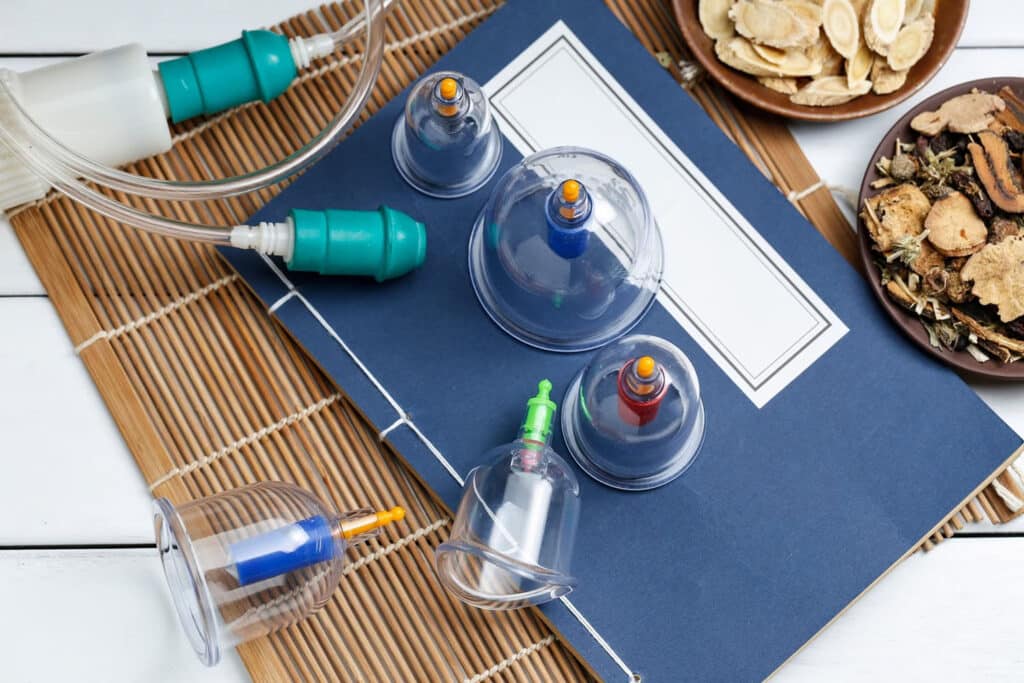
There is some scientific evidence to support the use of cupping therapy. For example, a study published in the Journal of Alternative and Complementary Medicine found that it was effective for reducing pain and improving range of motion in people with knee osteoarthritis.
Another study, published in the British Medical Journal, found that cupping therapy was effective for reducing pain and improving sleep quality in people with chronic neck pain.
How to Find a Cupping Therapist
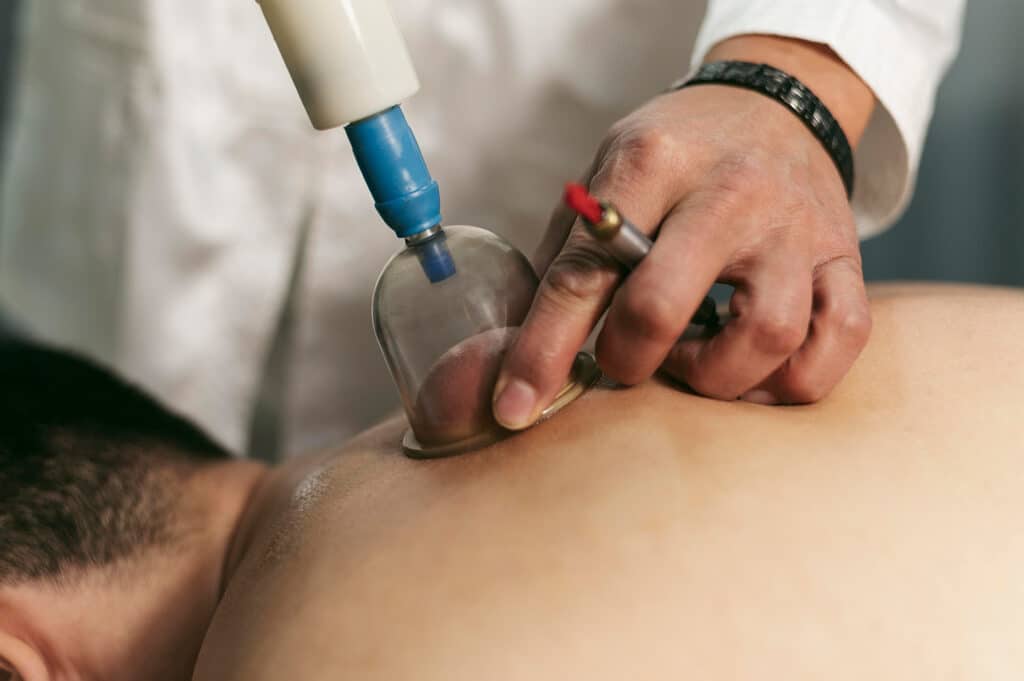
Cupping therapy is an ancient form of alternative medicine that involves placing cups on the skin to create suction. It is thought to have a number of benefits, including pain relief, muscle relaxation, and improved circulation.
If you are interested in trying cupping sessions, you will need to find a qualified therapist.
Here are some tips on how to find a cupping therapist:
- Ask your doctor for a referral. Your doctor may be able to recommend a qualified cupping therapist in your area.
- Search online. There are a number of websites that list cupping therapists in different cities.
- Ask friends or family for recommendations. If you know someone who has had cupping therapy, ask them for their recommendations.
Once you have found a few potential cupping therapists, be sure to interview them to make sure they are a good fit for you. Here are some questions you may want to ask:
- How long have you been practicing cupping therapy?
- What are your qualifications?
- What are the benefits?
- What are the risks?
- Do you have any experience with my specific condition?
Once you have interviewed a few therapists, you can decide which one is the best fit for you. Be sure to book your appointment in advance, as cupping therapy is becoming increasingly popular.
How to Prepare for a Cupping Session
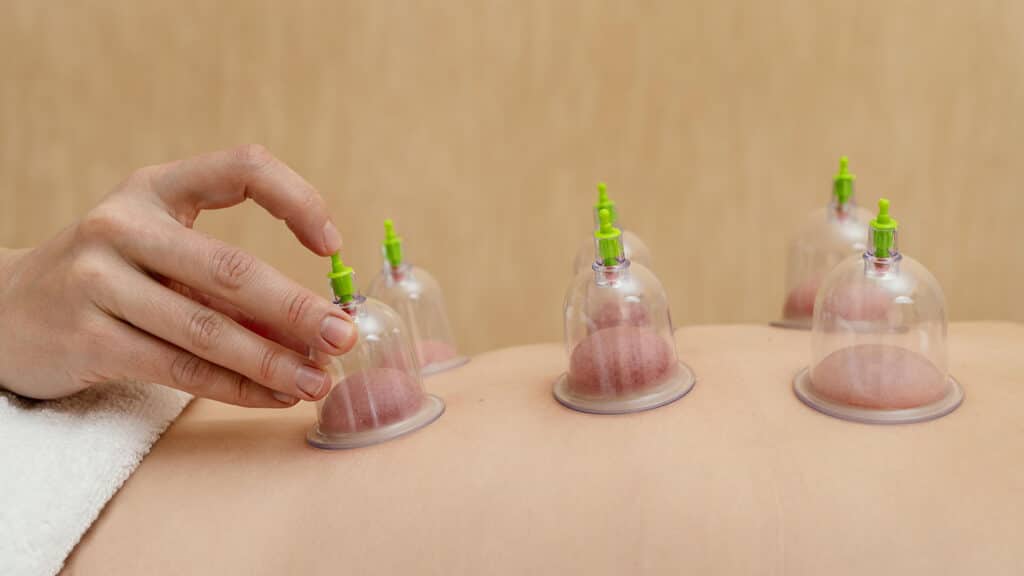
- Discuss your medical history with a healthcare professional: Cupping therapy is generally safe for most people, but it is important to discuss your medical history with a healthcare professional before your session. This will help to ensure that cupping is safe for you.
- Avoid eating heavy meals before your session: Eating a heavy meal before your session can make you feel nauseous or lightheaded. It is best to eat a light meal or snack before your session.
- Drink plenty of fluids before your session: Drinking plenty of fluids will help to keep you hydrated and prevent you from getting dehydrated during your session.
- Wear loose-fitting clothing: You will be asked to remove your clothing from the waist up for your session. It is best to wear loose-fitting clothing that will make it easy for you to access the areas that will be cupped.
- Arrive early for your session: This will give you time to relax and prepare for your session.
- Follow the instructions provided by the healthcare professional: The healthcare professional will give you specific instructions on how to prepare for your session. It is important to follow these instructions carefully to ensure that you have a safe and enjoyable experience.
Cupping Therapy Prices: What You Need to Know
Cupping therapy prices can vary depending on a number of factors, including its type, the experience of the practitioner, and the location of the treatment.
On average, a single session can cost anywhere from $50 to $100. However, some practitioners may charge more or less, depending on their experience and the location of their practice. For example, in major cities, it may be more expensive than those in rural areas.
If you are considering this therapy, it is important to shop around and compare prices from different practitioners. You should also ask about the practitioner’s experience and training in cupping therapy. It is important to find a practitioner who is qualified and experienced, as there are some risks associated with the procedure.
It is important to remember that cupping therapy can be a very effective treatment for a variety of conditions.
How to Care for Your Skin After Your Session
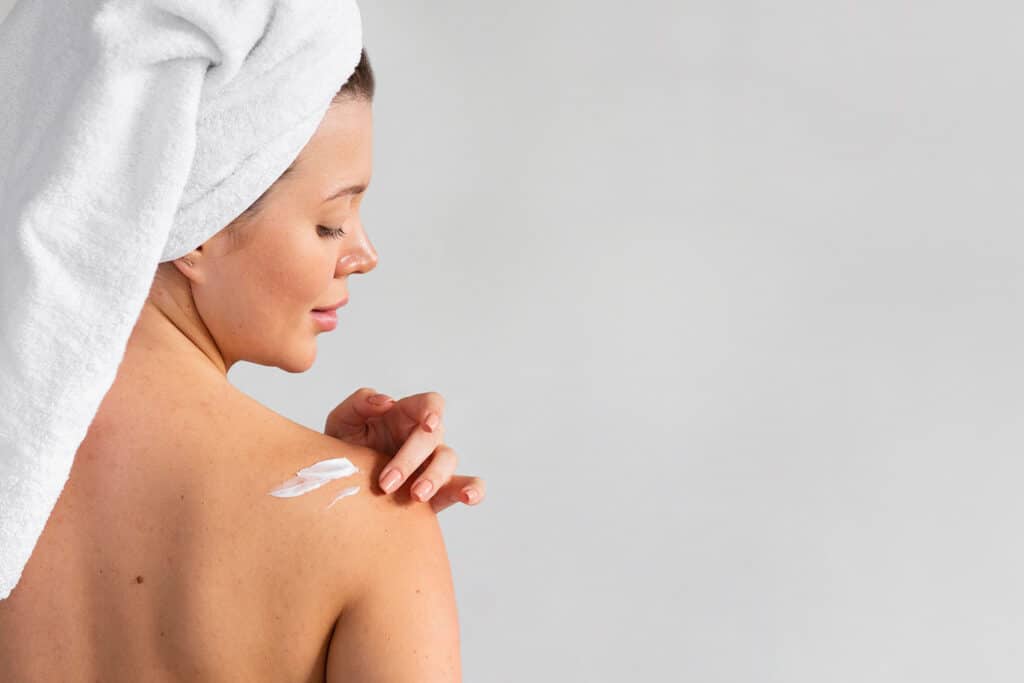
After your cupping session, you may experience some bruising and skin irritation. The bruising is usually temporary and goes away on its own within a few days. The skin irritation can be treated with a cold compress or hydrocortisone cream.
Cupping therapy is an ancient healing practice that has been shown to have a variety of benefits for health. If you are interested in trying cupping therapy, it is important to find a qualified therapist and to follow their instructions carefully.
Frequently Asked Questions
What is cupping therapy?
Cupping therapy is an ancient alternative healing technique that involves placing special cups on the skin to create suction. This suction is believed to promote blood flow, alleviate pain, and encourage relaxation.
How does it work?
During cupping therapy, the cups are placed on specific areas of the body. The suction created by the cups helps to draw blood to the surface of the skin and can also release tension in muscles and connective tissues. This is thought to stimulate the body’s natural healing processes.
What are the benefits?
Cupping therapy is believed to offer a range of benefits, including pain relief, improved circulation, relaxation, reduced muscle tension, and the potential to release toxins from the body. Some people also report reduced stress and enhanced well-being.
What conditions can cupping help with?
Cupping has been used to address various conditions, including muscle pain, joint pain, back pain, migraines, stress, anxiety, respiratory issues, and even certain skin conditions. It’s important to note that while some people find relief from these conditions, scientific research on the effectiveness of cupping therapy is limited and results can vary.
Is it painful?
Most people do not find cupping to be painful. However, some might experience mild discomfort during the procedure, especially when the cups are first applied or when they are being removed.
Who should avoid cupping?
Individuals with certain medical conditions, such as skin allergies, bleeding disorders, or deep vein thrombosis, should consult a healthcare professional before undergoing cupping sessions. Pregnant women and those with certain health conditions should also exercise caution and seek medical advice.
How frequently should I get cupping sessions?
The frequency of cupping sessions varies based on individual needs and the condition being treated. Some people might benefit from regular sessions, while others may find relief with less frequent treatments. A qualified practitioner can help determine an appropriate schedule.
Remember that before trying cupping therapy or any alternative treatment, it’s important to consult with a qualified healthcare provider to ensure it’s safe and appropriate for your individual health situation.


